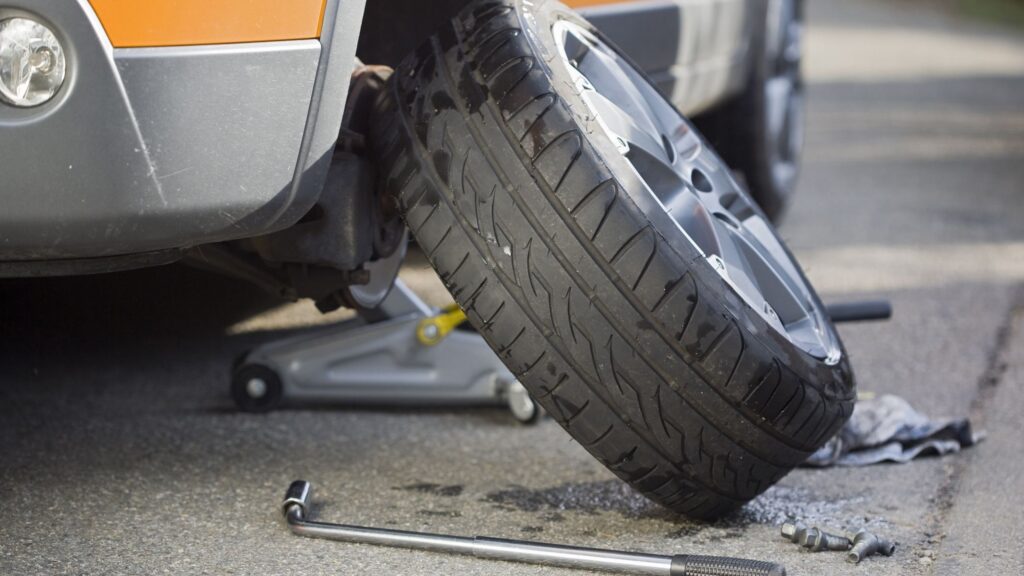Tires are a crucial part of your car, and it is essential to make sure that you have the right size for your vehicle. And as always, there are a few things to keep in mind. To see why size actually matters, we should recall some lessons on physics first. As a tire’s width grows, it covers additional road surface area. This increase in contact gives your car more to grab on to, improving its control and maneuverability.
Wider tires also tend to have shorter sidewalls. This gives them a stiffer feel, which is great for high-speed driving. But there’s a downside: the tire’s contact patch becomes more oval-shaped as it flexes, which can cause premature tire wear.
Now that we know how width affects tire size, let’s talk about height. The taller a tire’s sidewall, the more comfortable the ride. That’s because there’s more surface to absorb road irregularities. But there is a catch:
- Taller tires may not fit in your car’s wheel well
- They can make the steering feel sluggish
- They have a higher rolling resistance, which reduces fuel economy.
So taking this into account, is it OK to plus-size or up-size your tires? The answer may not be that straightforward.
Benefits of smaller tires
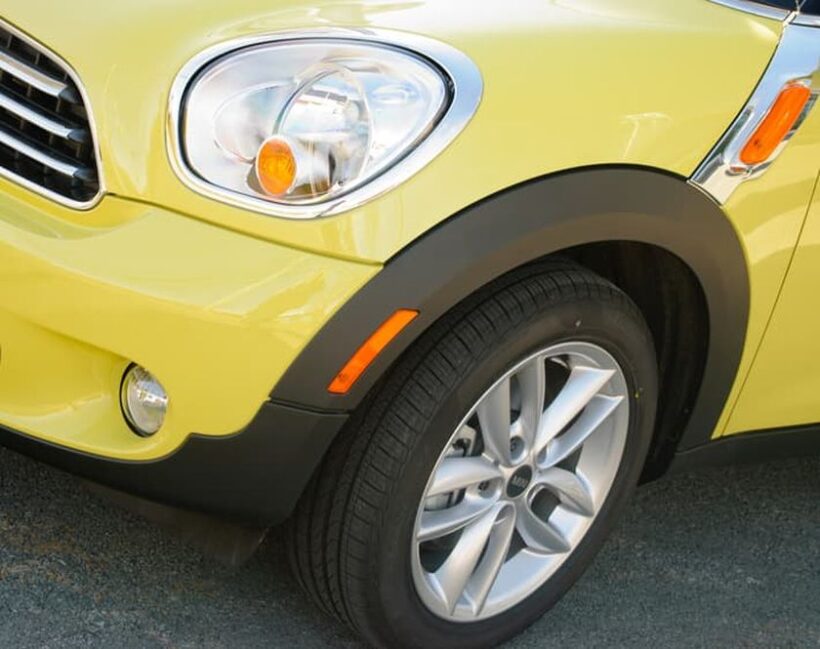
Increased acceleration
Contrary to popular belief, tire size has no bearing on torque. It’s the acceleration that rises as a consequence of reduced distance from the center of rotation, giving greater force and hence quicker acceleration as a result of smaller tires.
Better fuel economy
It’s a tire’s rolling resistance that has the biggest impact on fuel efficiency, and smaller tires have less rolling resistance than larger ones. That’s because a tire’s diameter grows along with its width and height, resulting in more tire area in contact with the ground and hence, more resistance.
Faster braking
The speed at which a tire spins is determined by its diameter. As the size of a tire decreases, so does its speed, and it may come to a halt quicker.
Decreased unsprung weight
Unsprung weight is the mass of all the components that are not supported by the suspension. These include the tire, wheel, brake assemblies, control arms, and springs. As a tire’s size decreases, so does its weight. This is because a smaller tire is simply lighter.
Benefits of larger tires
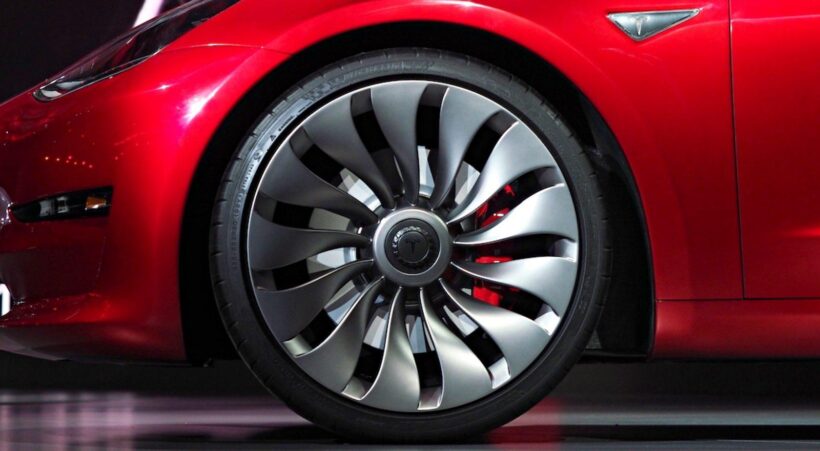
Off-road performance
Perhaps the most important advantage of larger tires is that they create a greater distance between your vehicle’s chassis and the ground. This is especially significant for off-roading enthusiasts who need extra room to brave a challenging terrain. Higher clearance also aids drivers in seeing more distance ahead. However, keep in mind that bigger tires require lowering your gear ratios in axels.
Overall performance
Bigger tires are preferable for dry surfaces and high-performance cars. With more area, you may anticipate better traction and durability. Wider tires also grip the road more effectively, so you may take sharp corners at higher speeds with increased confidence.
Easy customization
If you’re looking to add a more personal touch to your car, tire size is an easy way to do it. You can make your car look bulkier and higher by adding extra inches. This is also one of the cheapest ways to customize your vehicle.
How wrong tire size can hurt your car
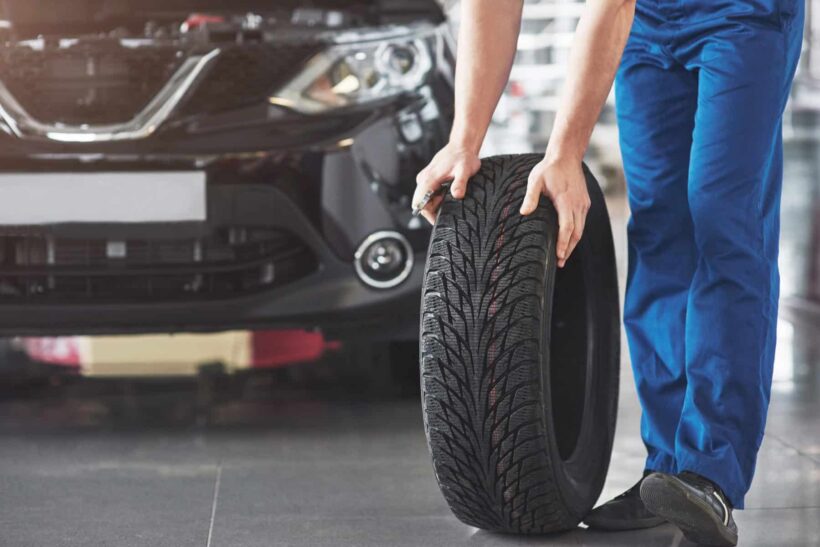
Playing with tire sizes can be fun, but there are a lot of mistakes you need to avoid like the plague. Changing the tire size without conducting thorough research might be dangerous. Always be mindful of what size is safe to use for your vehicle make and model. Thankfully, there are easy tools such as various online charts or you could check this site for a tire size calculator.
Speedometer and odometer
The least obvious issue with larger or smaller wheels is their effect on the accuracy of speedometer and odometer readings. For instance, larger tires will have a larger circumference and require you to travel a little farther for each complete tire rotation. The difference may seem minuscule, but if you’re someone who likes to know exactly how fast you’re going or how far you’re going, it can be frustrating.
Performance
If a tire that’s too big for the rim will be squeezed to take on the shape of a pear, resulting in a floppy top. This can result in poor cornering performance and tire squirming as a consequence of this.
Suspension
Apart from that, tire size also has an impact on the suspension. Because a tire’s diameter influences how far it travels with each rotation, bigger tires require greater effort from the suspension.
Handling
If you’re not careful, tire size can also affect your car’s handling. This is because a tire’s width and height have an impact on its grip. A tire that’s too wide or too tall might not be able to grip the road as effectively, which can lead to poorer control.
Transmission
Sometimes smaller tires can cause transmission shifting issues because they are spinning too fast and it results in the transmission shifting prematurely. And for larger tires, it is recommended to be re-geared to prevent failure.
Brake system
Larger tires can put a strain on the brake system, making it work less effectively. This is because it takes more effort to stop a heavier object.
Is it OK to change tire size?
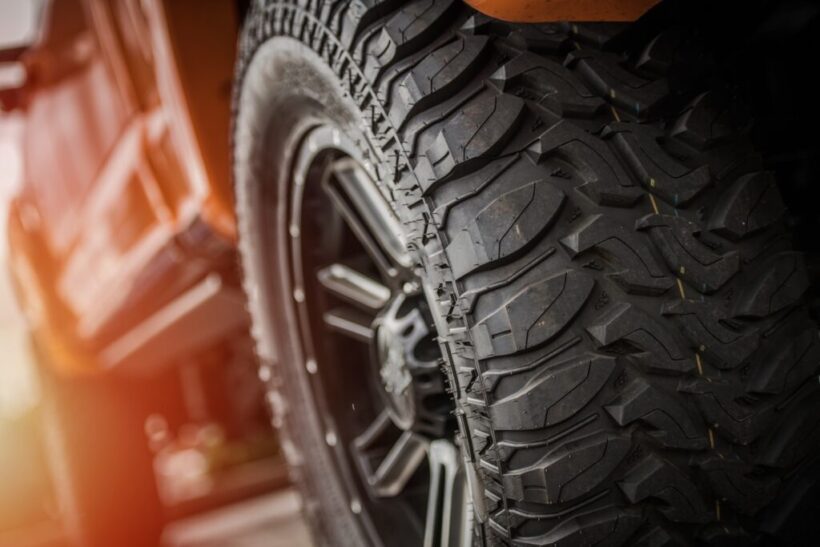
As long as you stay on the safe side, you can reap all the benefits from scaling up or down on the tire size without dealing with drawbacks. And if you have any doubts, it’s always better to ask an expert rather than risking tire trouble down the line.
Changing the way your wheels look and behave on the road is definitely worth it if you have a clear goal. Like improving off-road performance or getting more control over the vehicle.
All-in-all, ill-fitting tires may cause all sorts of problems. From suspension damage to decreased performance, it’s important to be aware of the risks. If you’re unsure about what size tire is best for your car, consult a professional or use a tire size calculator. With a little bit of research, you can avoid making costly mistakes.

